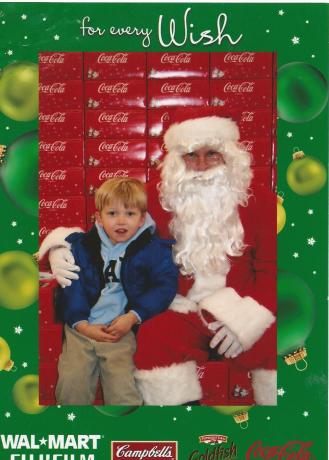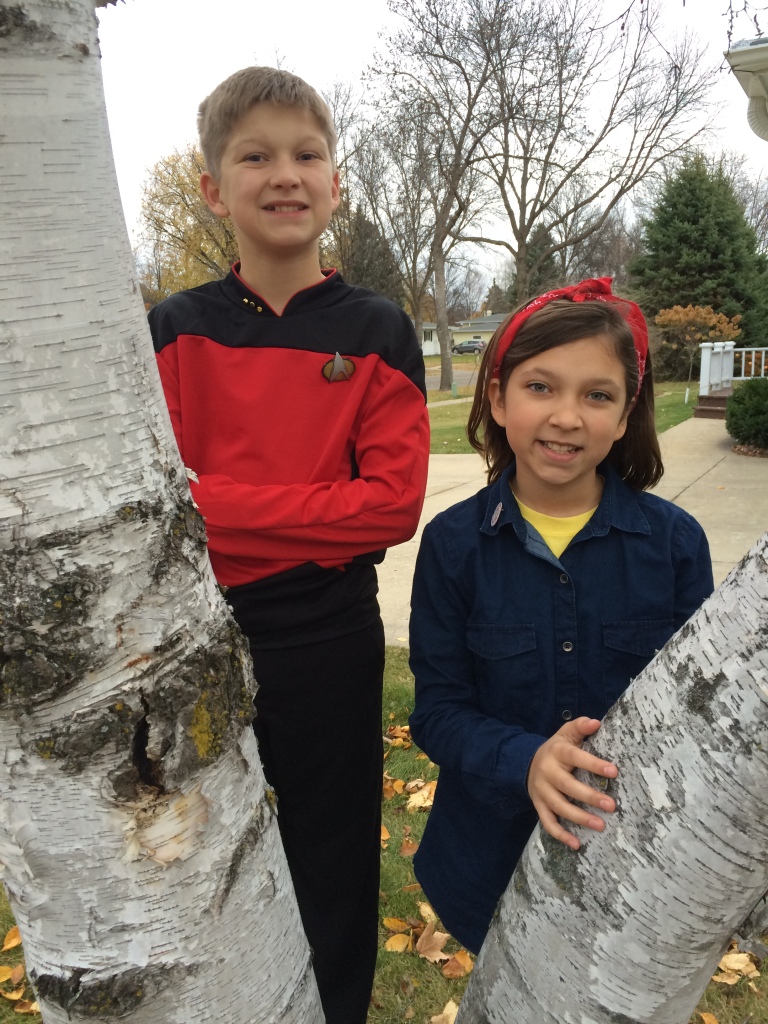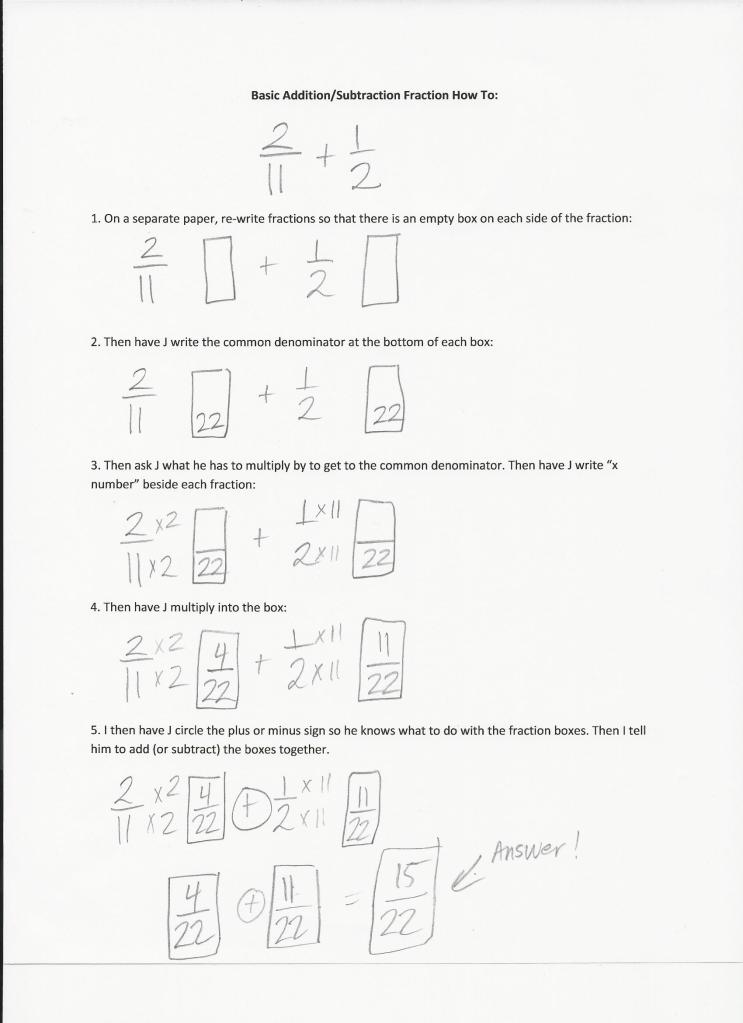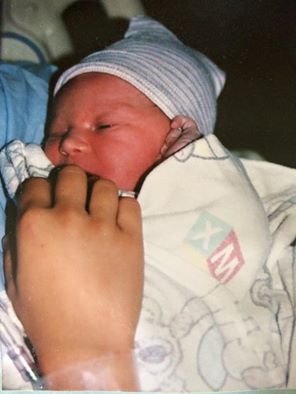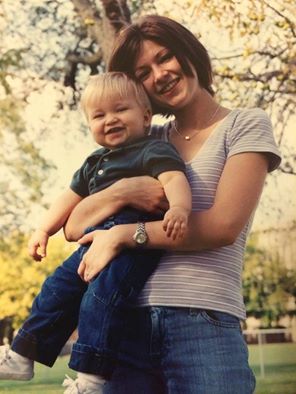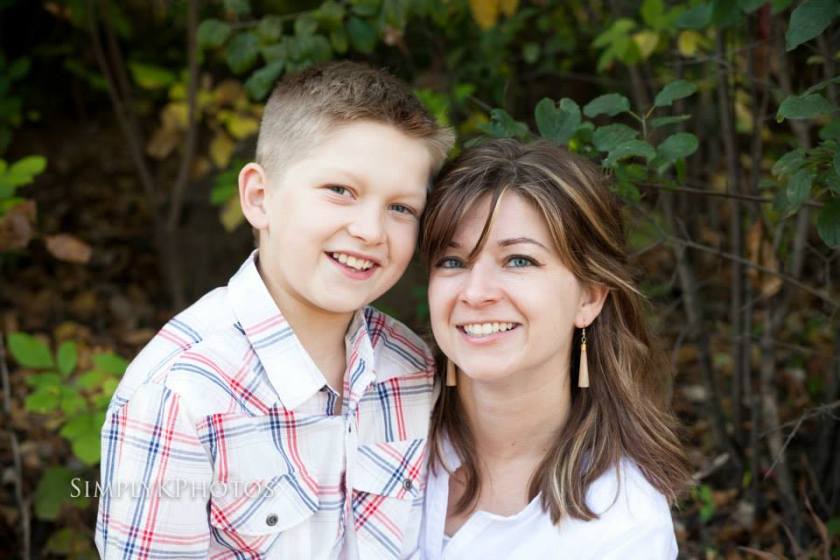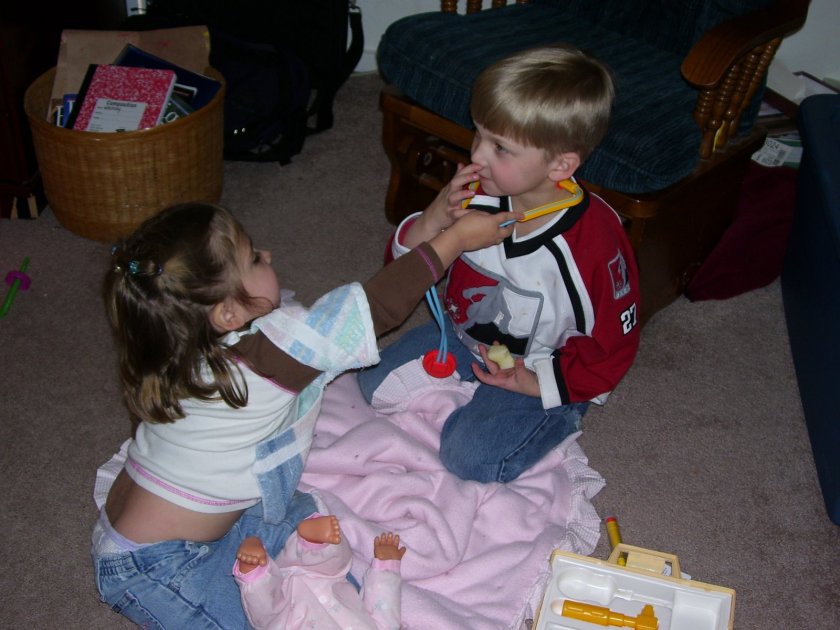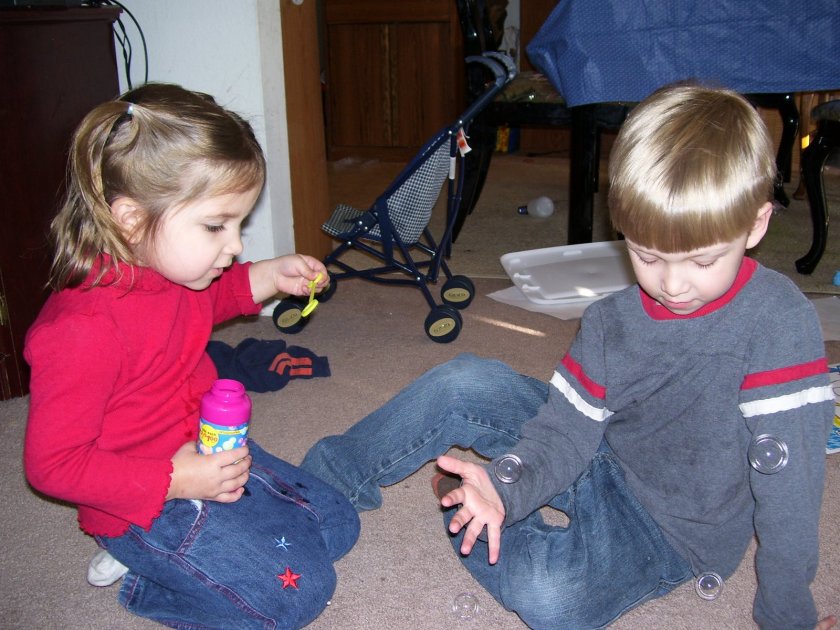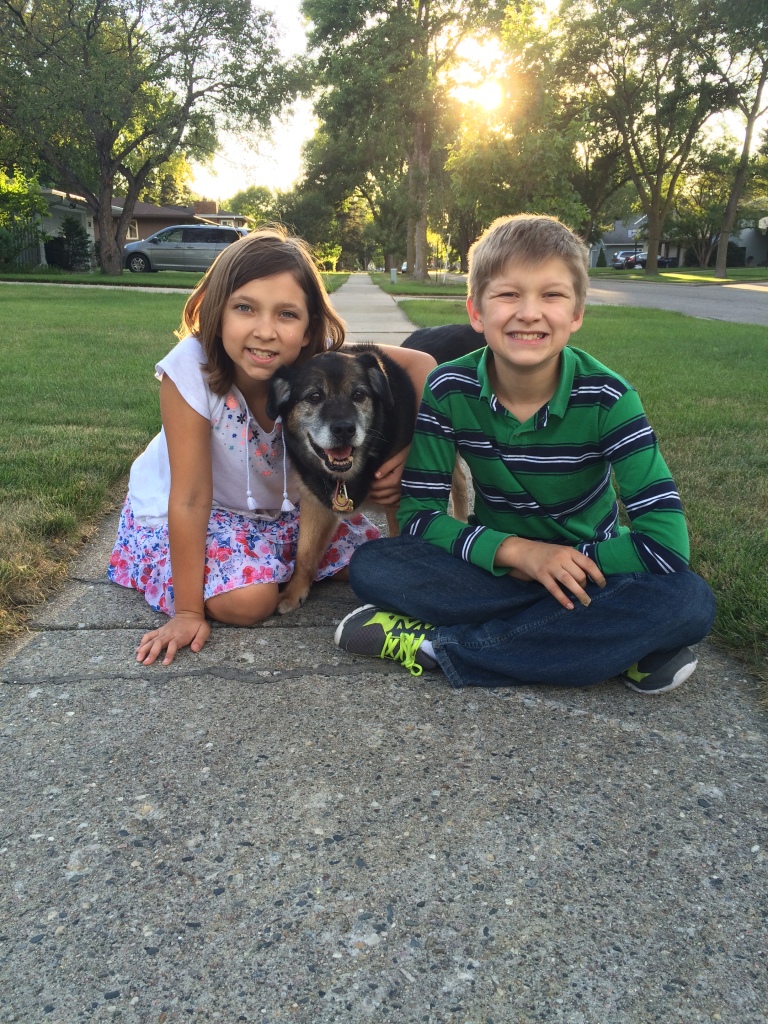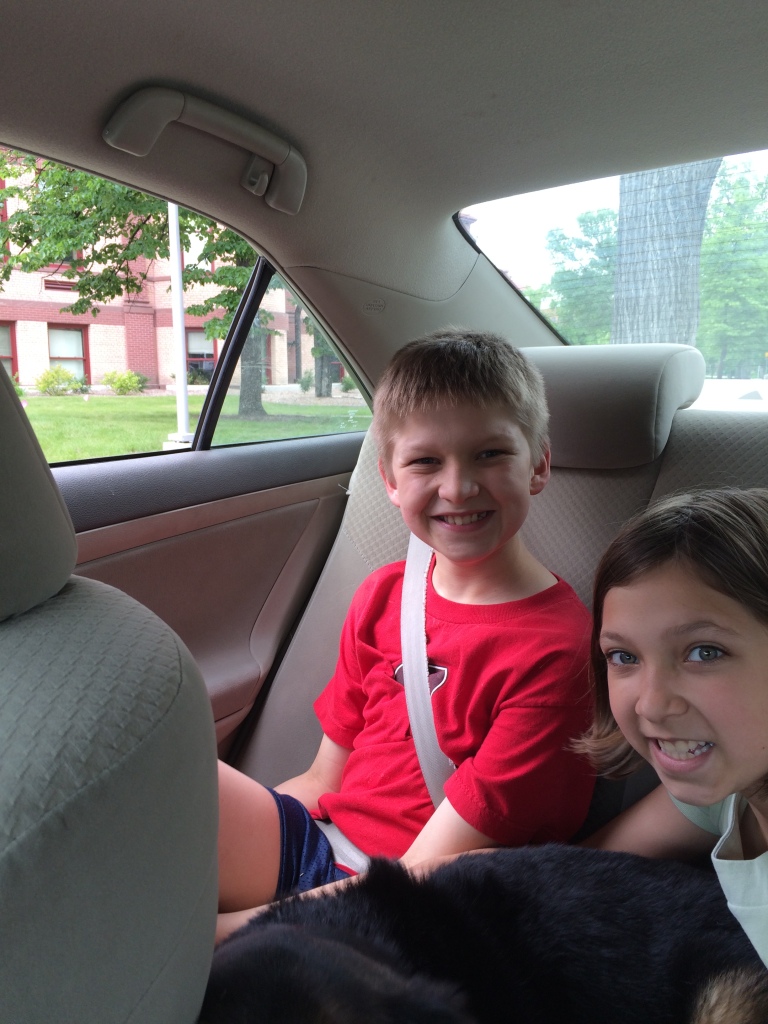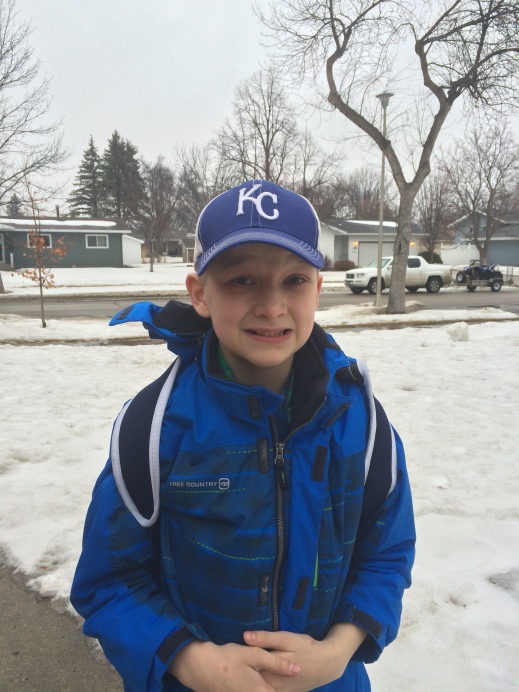
When J was little I treated his life and experiences as a recovery. I was going to make him better. I knew there was no cure for autism and that because of the complex nature of the neurological disorder there might not ever be one. But I was on a mission to make as many of his symptoms disappear as I could. I was going to make him as non-autistic as possible. I was going to fix him.
I cringe when I think about the perspective I had. I would like to think I’m independent and strong and noble, that I see the injustices of discrimination in the world and I stand up for “the underdog.” I’m not as brave as I’d like to think I am. I feel like I’m a little like Katharine Hepburn’s character in Guess Who’s Coming to Dinner. It’s one thing to say you believe in embracing differences and different perspectives but sometimes it’s a different story when that different person is your own child. There are times I don’t like the fact my kid is different. It’s a humble pill to swallow.
I’ve mentioned my feelings about milestones, the shame I feel sometimes when J’s behind in this post here, and I’m trying to be better at this. I’m trying to celebrate the little things more because J’s life isn’t a recovery. It’s his life. It’s the way he experiences the world and even though it’s not the way I see or do it, or the same way his friends are seeing and doing it, that’s okay. It’s his life. I need to be better at celebrating his life.
Here are three celebrations this week. They’re little and big at the same time. I feel like these middle school years can be so volatile, but this week has shown me they can be amazing too.
Self Restraint:

Once a week Steve and I have our dessert night–dessert just for us, not the kids. W will express her displeasure the next day. J will take his fingers and pinch a bite out of the leftovers if we’re not looking and so we always have to hide things in the kitchen from him. His impulsiveness is a huge struggle and I know he’d never pass the marshmallow test. At least that’s what I’ve always thought. This week I had forgotten to hide the last ramekin of molten lava. Later that day it remained untouched. By night it was still there. J had manged to conjure enough self restraint leave it alone.
He’s also shown self-restraint in other ways this week. Over the weekend we were watching Netflix and a “violent scene” (two people dueling with swords) came on screen. J really doesn’t know how to process violence–and I’ve realized it’s a hard thing to teach a child with autism how to process violence in a socially acceptable way. It’s not just J. We’ve been to movies before with special needs kids in the audience and they’re always laughing at the most “inappropriate times.” Time after time I’ve explained it to J this way: “When the bad guy falls or gets hurt, it’s okay to feel a little good about it. If a bad guy gets hurt in a silly way, it’s okay to laugh. If it’s the good guy who’s getting hurt then it’s not okay to laugh.People think you’re a bad person if you laugh when a good guy gets hurt.” Even as I type this I see how ridiculous it sounds. I guess we’re a little ridiculous as a society sometimes.
I’ve tried explaining this to him for years, but no matter the situation J always giggles when people are fighting or hurting each other because that’s the only way he can process it. This weekend, as the two men were fighting to the death onscreen, he announced, “This is violent, I have to leave now, I’ll be back later,” and he left the room. Steve and I were floored. We had never introduced the concept of “just leaving” to him before. We had always just tried to coach him through it, rattling the “rules of violence” to him again. It’s just a little thing in the whole scheme of this last week. But I feel like J’s hitting a new milestone too. He’s gaining more confidence in being in control of his thoughts and actions.
The PACER test:
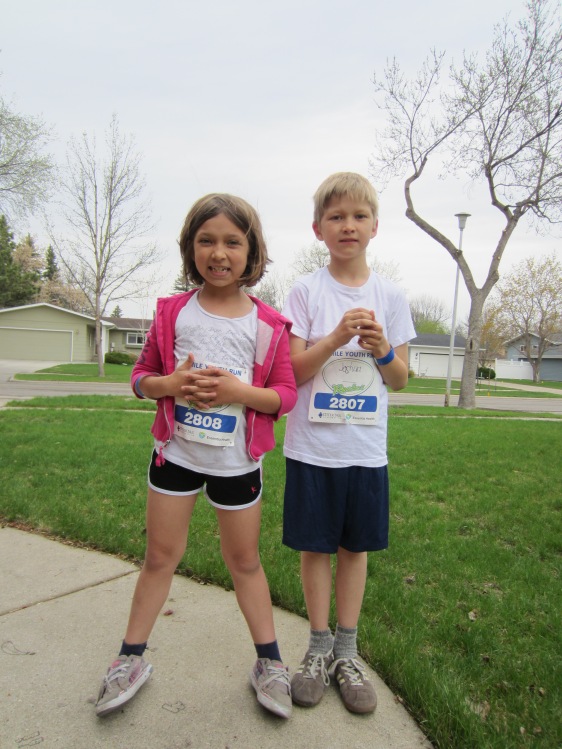
This week I got a text from J’s para, letting me know how well J did in PE that day. They had run the PACER test (The Progressive Aerobic Cardiovascular Endurance Run (PACER) is a multistage shuttle run . . . designed to measure aerobic capacity, which is characterized by endurance, performance, and fitness. The objective of the PACER is to run as long as possible while keeping a specified pace. Students run back and forth across a 20-meter space at a pace that gets faster each minute. A point is scored for each 20-meter distance covered. The test is easier in the beginning but progressively gets more difficult.) (Nova.edu) and J had scored a 53 (the average range for his age is between 41-78) and was one of about 6 kids still going at that time. Just two years ago, J wouldn’t step in a gym. He wouldn’t run when asked. Now he loves it. He’s running with his peers. Major progress!
J and Fred:

Fred, our senior dog, has been struggling a little lately. His hips are bothering him and some days he struggles to walk. Sunday morning was one of those days. We gave him some medication and decided to make sure he took it easy. Even though he’s an anxious dog and ABSOLUTELY NEEDS exercise before we kennel him, we decided to hold off on the exercise because he was struggling so bad.
When we came back from church we came home to a messy dog and a messy kennel. It stresses J out if Fred messes his kennel, but Sunday he said, “I want to help,” so I carried the dog upstairs and J helped me bathe Fred. I held up his paws while J took a rag and very carefully cleaned each paw off. It was really sweet how gentle he was. It made me realize that J is capable of compassion and responsibility and I think I’m guilty of seeing J as always being the one who always needs to be taken care of. He can take care of others too.
This week J has been making connections on his own about who he is and how he wants to interact with the world around him. It’s not at the same rate and in the same ways as his peers most of the time. But it’s an amazing thing to watch him start to figure himself out.
